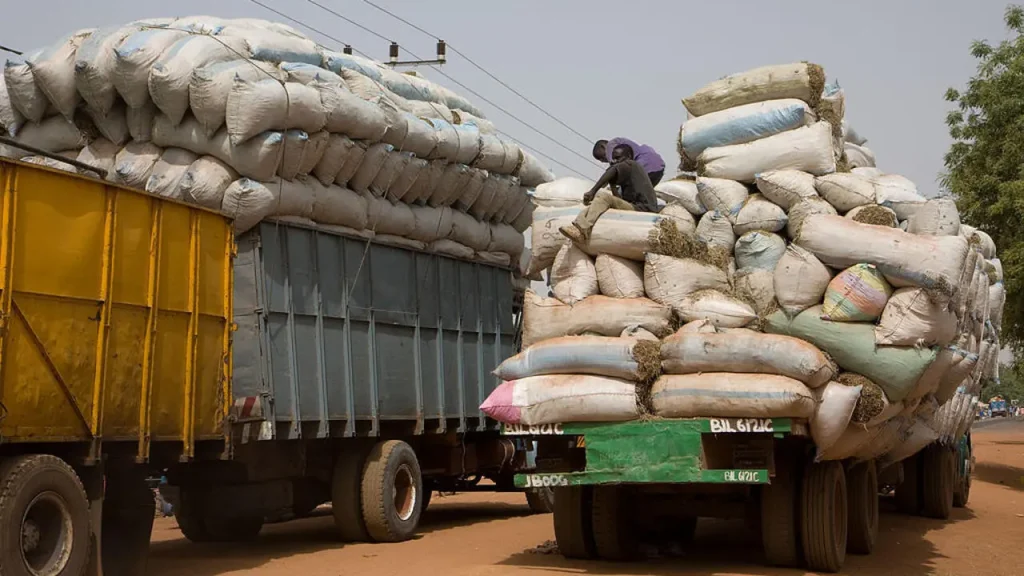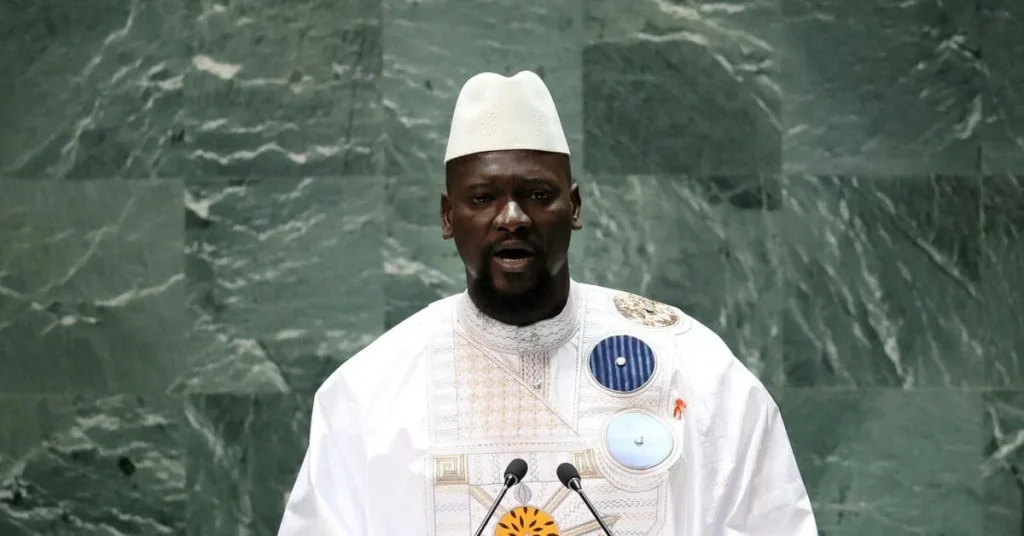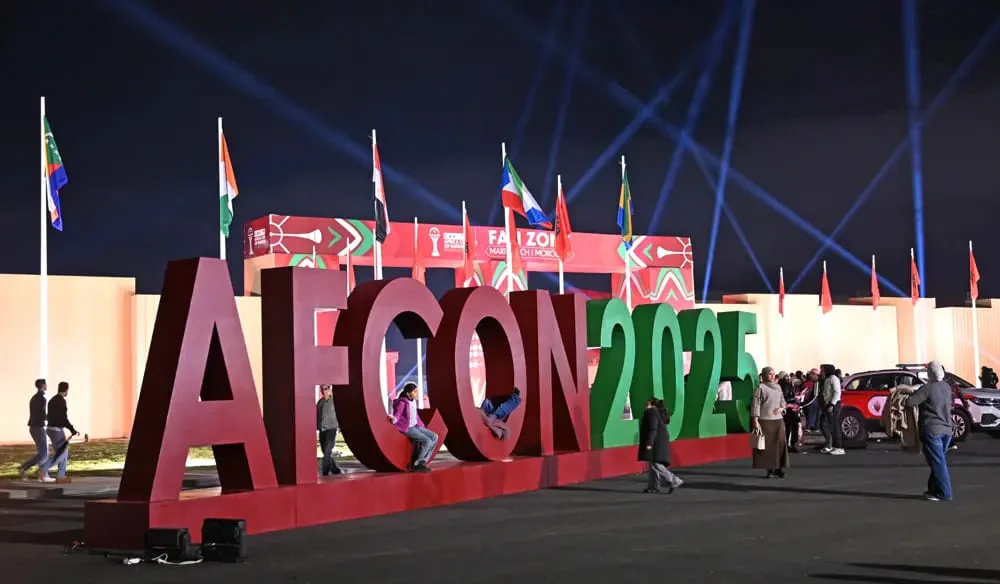Gambian farmers, like Yerro Bah from Dippa Kunda, are frustrated with low groundnut prices despite a bumper harvest in 2020. Bah told RFI’s Africa Calling podcast that the government’s offer of 23 Gambian dalasi (44 US cents) per kilo is too low compared to Senegalese wholesalers’ 26 dalasi (52 US cents).
“If the price was better, all farmers would sell to the government,” Bah said, highlighting the need to support national development.
Agriculture, driven by groundnuts, accounts for 33% of Gambia’s GDP, but exports have plummeted from 6,000 to under 1,000 tons due to Aflatoxin, a crop disease, forcing farmers to seek better deals across borders.
Aflatoxin’s Toll on Exports
Aflatoxin, a carcinogenic toxin from Aspergillus flavus, has crippled Gambia’s groundnut exports since 2013, particularly to Europe, where strict safety standards reject contaminated crops.
Muhammed Njie, manager of the Gambia Food Processing and Marketing Corporation, explained that the fungus thrives in soil and during poor post-harvest drying, affecting groundnuts and maize.
This has led to a loss of lucrative markets, with exports now primarily to Asia for animal feed. The decline reduces foreign currency earnings, raising import costs for essentials like rice, as Njie noted.
Government vs. Senegalese Buyers
At the 2020 trade season’s start, the Gambian government offered 0.40 US cents per kilo, later raised to 0.44 US cents after public outcry during President Adama Barrow’s January 2021 tour. However, Senegalese wholesalers pay 0.52 US cents, attracting most farmers.
In Farafenni, government agent Famara Fofana reported buying only 70 tons in 2020, down from 300 tons the previous year, as farmers favor Senegalese buyers who purchase directly at farms.
Binta, a Dippa Kunda farmer, sold to the government for quicker cash and cooperative benefits, but most prefer higher profits from cross-border trade, per RFI reports.
African Free Trade and Market Dynamics
The African Continental Free Trade Area (AfCFTA), effective from January 2021, facilitates cross-border trade, boosting markets like Farafenni’s lumo, where Senegalese businessman Ampateh Tambedu buys groundnuts at 14 dalasi (27 US cents) per kilo and resells for a 5 dalasi profit. This trade benefits Senegal but drains Gambia’s economy, as foreign currency flows out.
Njie emphasized that government purchases could stabilize commodity prices by increasing foreign exchange reserves.
Path to Recovery and Solutions
Eliminating Aflatoxin is critical to reviving Gambia’s groundnut exports and enabling competitive government prices. Past trials of Aflasafe, a bio-control product, showed promise in 2013-2014 but are no longer used, per Francis Beyai of the National Food Security Corporation.
Restoring such measures could reopen European markets, boosting farmer incomes.
Until then, farmers like Bah face tough choices between supporting national goals and securing better livelihoods through foreign buyers.






